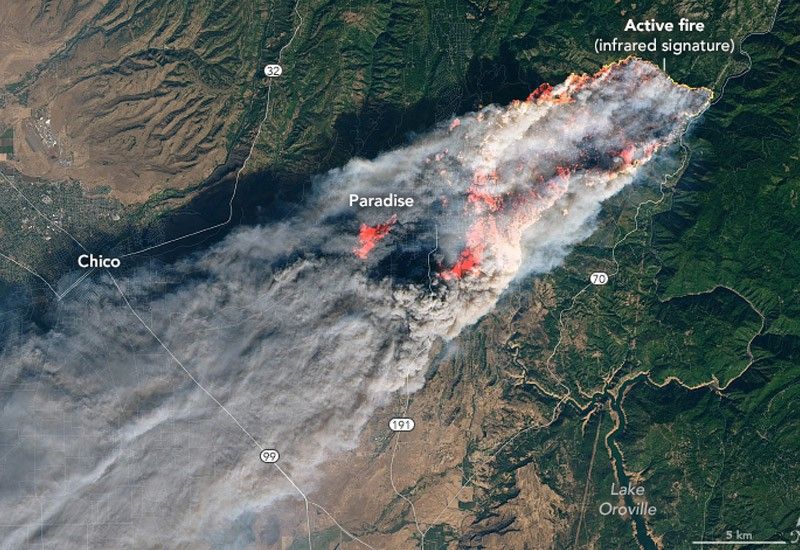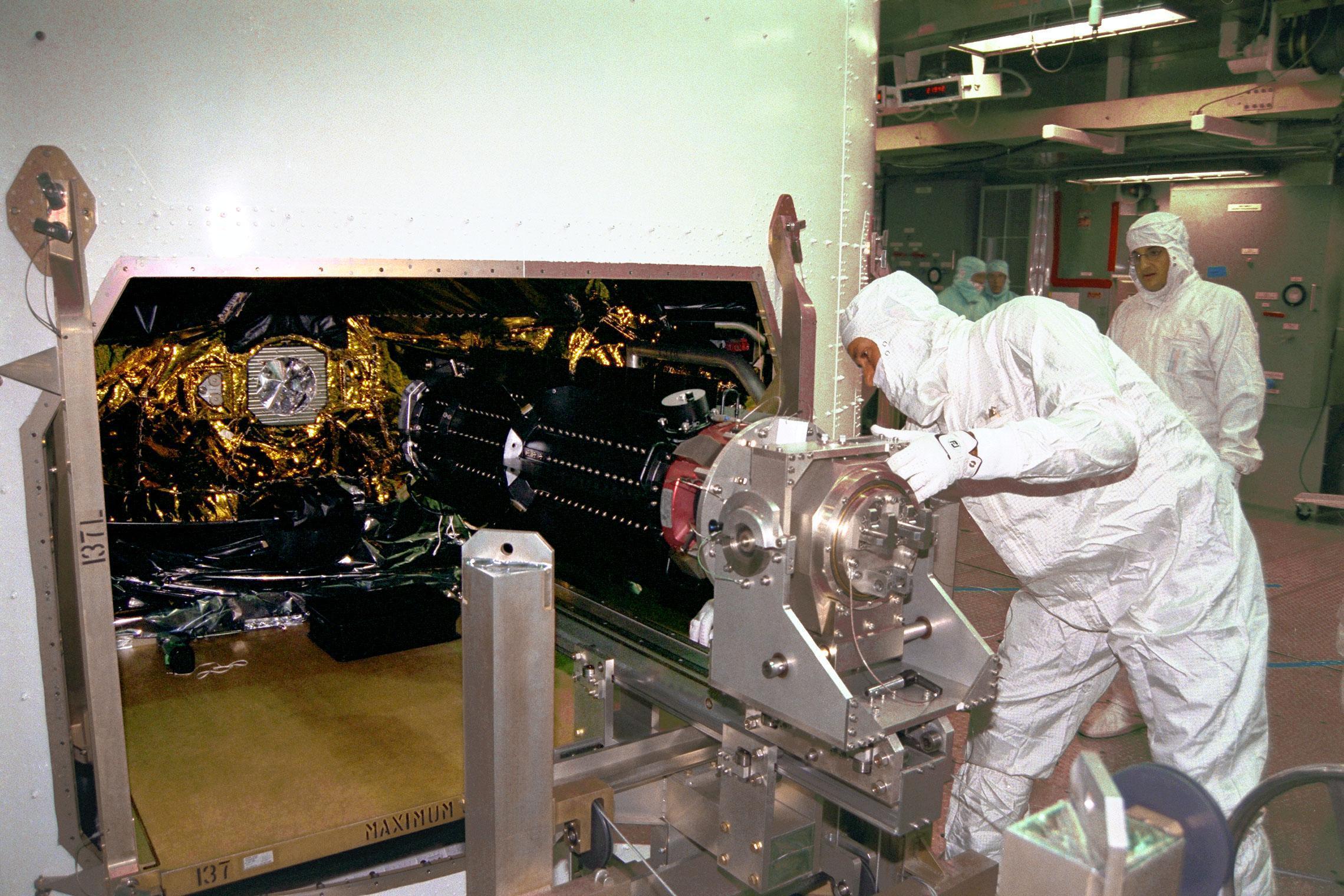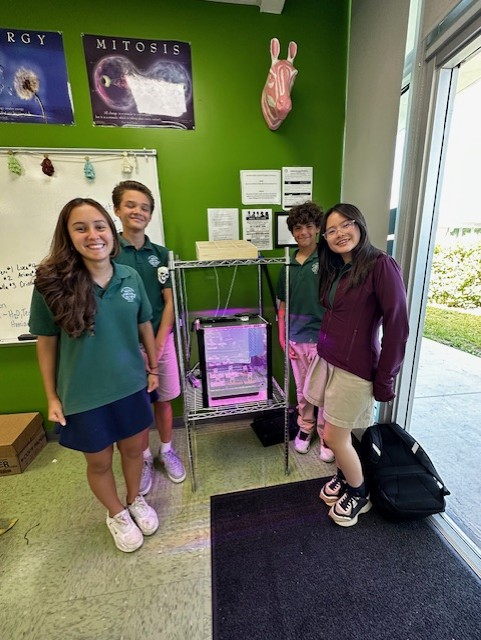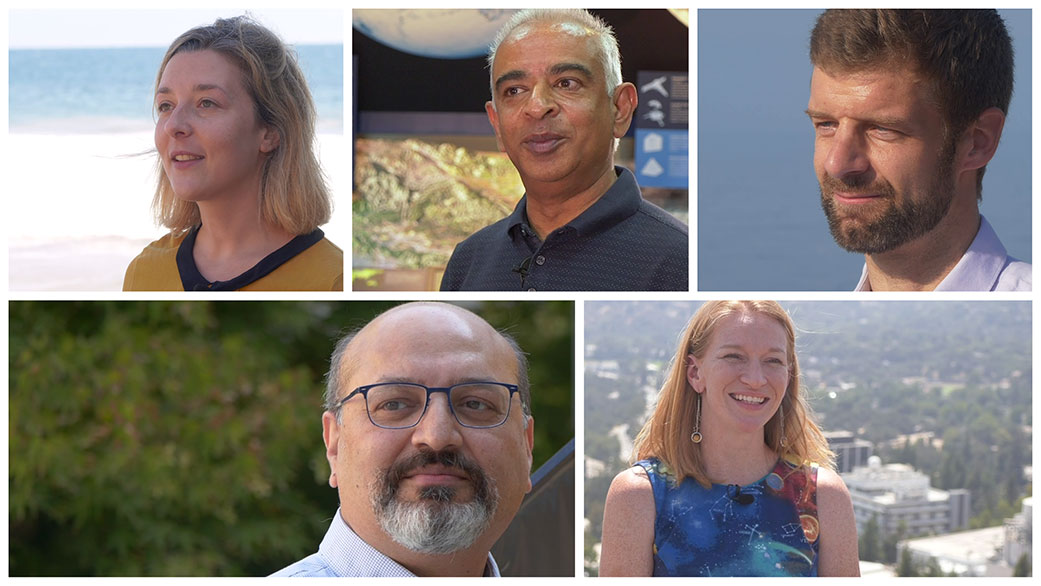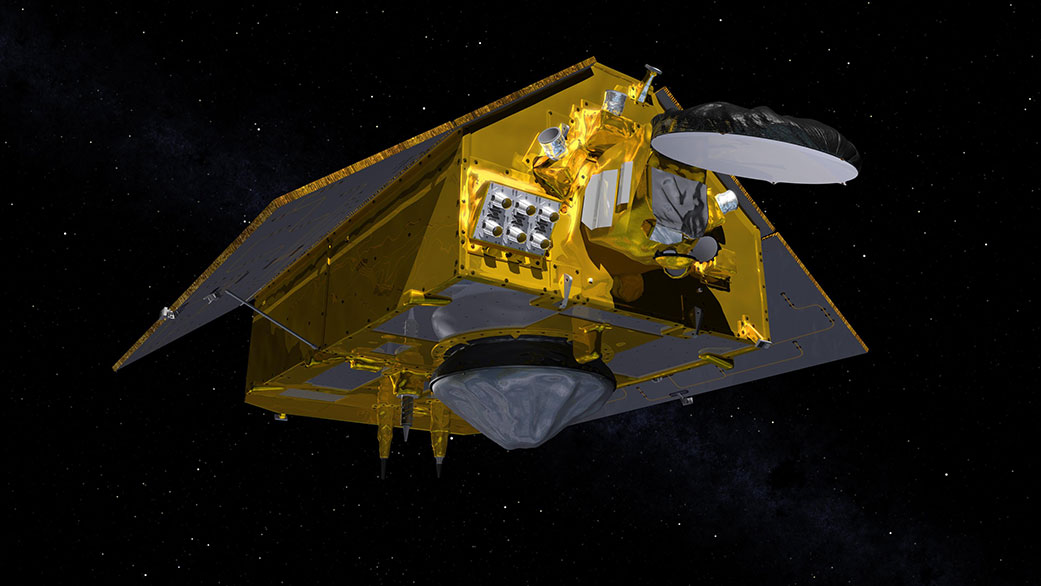Launching soon from the California coast, the satellite will track sea levels worldwide. A new video series introduces some of the NASA JPL scientists and engineers involved in the mission.
The world’s latest ocean-monitoring satellite is being readied for its Nov. 10 launch from California, and there’s a new video series that focuses on some of the many people behind the mission.
The Sentinel-6 Michael Freilich spacecraft will ensure continuity of the Jason series of operational missions, better our understanding of our rising seas, and help shape the future of sea-level studies.
Designed to collect the most accurate satellite data for our ongoing measurements of global sea level and help us understand how our oceans are responding to climate change. Sentinel-6 Michael Freilich is the product of a partnership between NASA, ESA (the European Space Agency), the European Organization for the Exploitation of Meteorological Satellites (EUMETSAT), and the National Oceanic and Atmospheric Administration (NOAA).
With the new video series “Behind the Spacecraft,” you can learn about some of engineers at NASA’s Jet Propulsion Laboratory who helped build instruments for the satellite, as well as scientists who will use the sea level and atmospheric data it collects:
- Ben Hamlington has pondered how our planet works since he was a kid. Having witnessed the impacts of rising sea levels while living near the ocean, Ben is driven to use satellite observations to help support communities that are most at risk from the effects of sea level rise.
- Shailen Desai loves data. As a measurement system engineer for Sentinel-6 Michael Freilich, he will use the satellite’s data to help us understand how the ocean affects everyone – including people in landlocked countries like his native Zimbabwe.
- Parag Vaze‘s childhood dream was to work in the space industry and make a difference in the world. Having worked on sea level satellites over three decades, the project manager for the Sentinel-6 mission feels a personal satisfaction seeing the latest ocean monitoring satellite come to fruition.
- Severine Fournier is an oceanographer who will use the data from the mission to better understand how the ocean moves. She grew up in France and sees sea-level science as an international pursuit, in which the observations made by satellites can give us a unique – and global – perspective.
- Shannon Statham helped build and test the spacecraft’s microwave radiometer, which will help provide precise measurements of the world’s ocean surface. But it’s not just the hardware that’s important for this mission; Shannon also believes a little creativity goes a long way in answering some of the biggest science questions.
Produced by NASA 360 Productions, the full video series can be watched here.
JPL will also be hosting live chats with these team members at youtube.com/NASAJPL/ on Wednesdays, starting with Ben Hamlington on Oct. 7 at 2 p.m. PDT (5 p.m. EDT). Questions can be submitted via social media using the #SeeingTheSeas hashtag or in the comments of the YouTube and Facebook livestreams.
More About the Mission
Sentinel-6 Michael Freilich will launch on a SpaceX Falcon 9 rocket from Vandenberg Air Force Base near Lompoc, California. NASA’s Launch Services Program, based at the agency’s Kennedy Space Center in Florida, is responsible for launch management.
The spacecraft is named after Dr. Michael Freilich, the former director of NASA’s Earth Science Division and a tireless advocate for advancing satellite measurements of the ocean. Sentinel-6 Michael Freilich is one of two identical spacecraft that compose the Sentinel-6/Jason-CS (Continuity of Service) mission developed in partnership with ESA (the European Space Agency). The spacecraft’s twin, Sentinel-6B, will launch in 2025. Other partners include the European Organisation for the Exploitation of Meteorological Satellites (EUMETSAT), and the National Oceanic and Atmospheric Administration (NOAA), with funding support from the European Commission and technical support from France’s National Centre for Space Studies (CNES).
JPL, a division of Caltech in Pasadena, is contributing three science instruments for each Sentinel-6 satellite: the Advanced Microwave Radiometer, the Global Navigation Satellite System – Radio Occultation, and the Laser Retroreflector Array. NASA is also contributing launch services, ground systems supporting operation of the NASA science instruments, the science data processors for two of these instruments, and support for the international Ocean Surface Topography Science Team.
To learn more about NASA’s study of sea level science, visit:
For more information about Sentinel-6 Michael Freilich, visit:
https://www.nasa.gov/sentinel-6
Ian J. O’Neill / Jane J. Lee
Jet Propulsion Laboratory, Pasadena, Calif.
818-354-2649 / 818-354-0307
ian.j.oneill@jpl.nasa.gov / jane.j.lee@jpl.nasa.gov
2020-191










